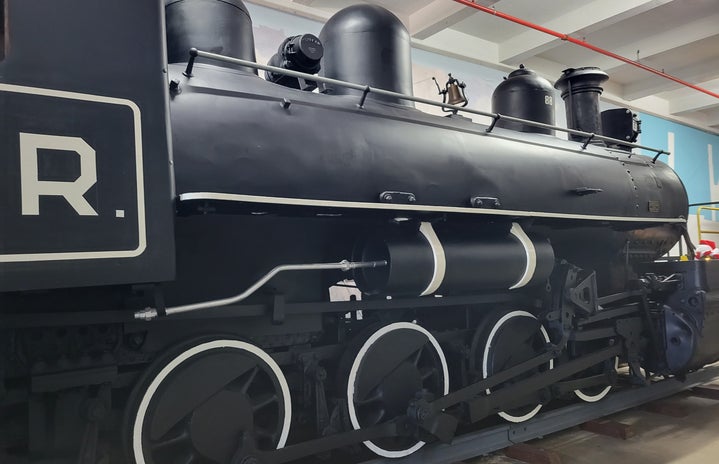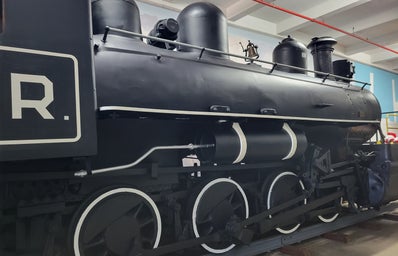The only public transportation system that exists in Puerto Rico is the Tren Urbano (Urban Train). This train system connects the municipalities of the metropolitan area including San Juan, Guaynabo, and Bayamón. This train extends about 10.7 miles or 17.52 km, and it has a total of 16 stations along its route. In total, a full trip can take approximately 30 minutes to complete, however, it has not always been like this. Between the years 1891 and 1957, Puerto Rico had its own rail transport system that traveled from San Juan all the way to Ponce, from North to South. This system was very important for the development and growth of the Puerto Rican economy, especially the sugar cane industry.
In Isabela, a town on the northwest of the island, we find the Museo del Tren (Train Museum) where we can learn more about this topic. This museum was founded by the non-profit organization, Amigos del Tren de Isabela (ATI) or Friends of the Isabela Train. ATI was created with the purpose of rescuing, preserving, promoting, transmitting, and reviving the history of the train in Puerto Rico. This is accomplished by interviewing experts, and by accepting donations from around the island in order to create a good environment for learning.
When entering the museum, you are greeted with a recreation of what the train station of Isabela would have looked like during that period. This recreation includes a sign that says “Ysabela”, which is how the name of the municipality would be spelled before the influence of English in Puerto Rico. The scene also includes suitcases, which creates a setting that transports visitors back to the 20th century. Within this space, there is a door that leads to another exhibition. Once entering through this, visitors are face to face with two restored locomotives. The first, and “the museum’s centerpiece”, is a restored steam-powered train called A.R.R 88. This train was built in 1918 by the American Locomotive Company and in that same year, it arrived on the island. Until 1961, it was used as a freight train (a train that carries goods) and later as a passenger train. A.R.R 88 was abandoned until 2016, when it arrived at the museum, and was restored to its former glory. This train has an open section on one of the sides, giving visitors access to different mechanisms, such as the hearth where the coal would be placed inside to produce the steam used to power it. Visitors can sit on the benches and feel the sensation of traveling on this train.
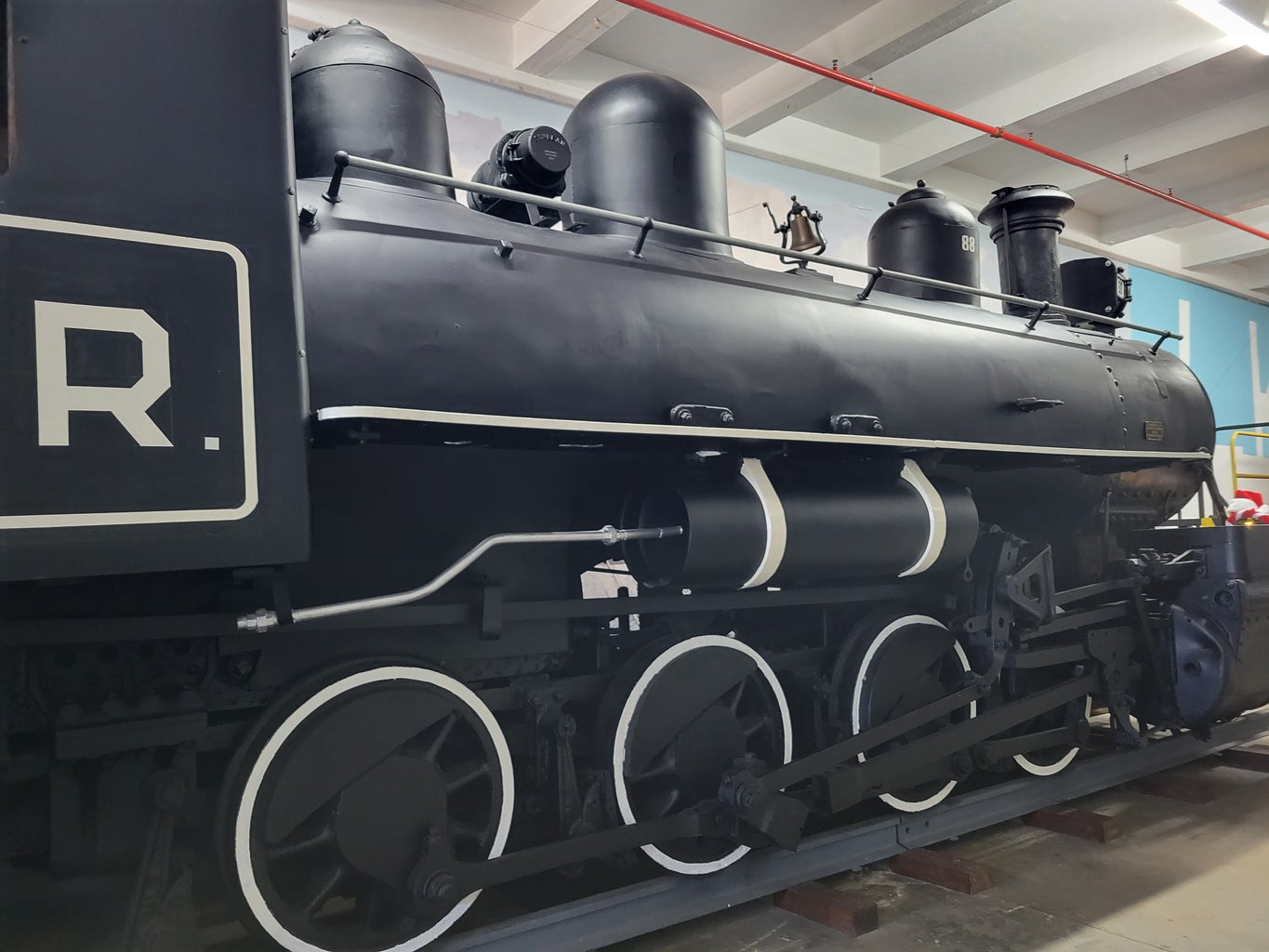
After getting off this train, visitors encounter La Mercedita #8, a diesel-fueled train. It was first made in 1948 and it began its life in Hawaii, where it was used in the state’s sugar industry. It would continue to be in Hawaii, until 1959, when it was transferred to Costa Rica to also be used in the sugar industry. In 1962, Mercedita #8 arrived in Puerto Rico, to also be used in said industry. When the railroad stopped functioning, this train was also abandoned for some time. Once it arrived at the museum, it was restored. It also was painted red on one side and yellow on the other, the same colors it had while working in the Puerto Rican sugar industry.

Following this exhibit, you can see signs and equipment that were used during this period of time. Among these, you could see a signal lamp that would hang on the outside of the trains, a collection of tools that constructed the tracks, and signs that would warn people of the passage of the train.
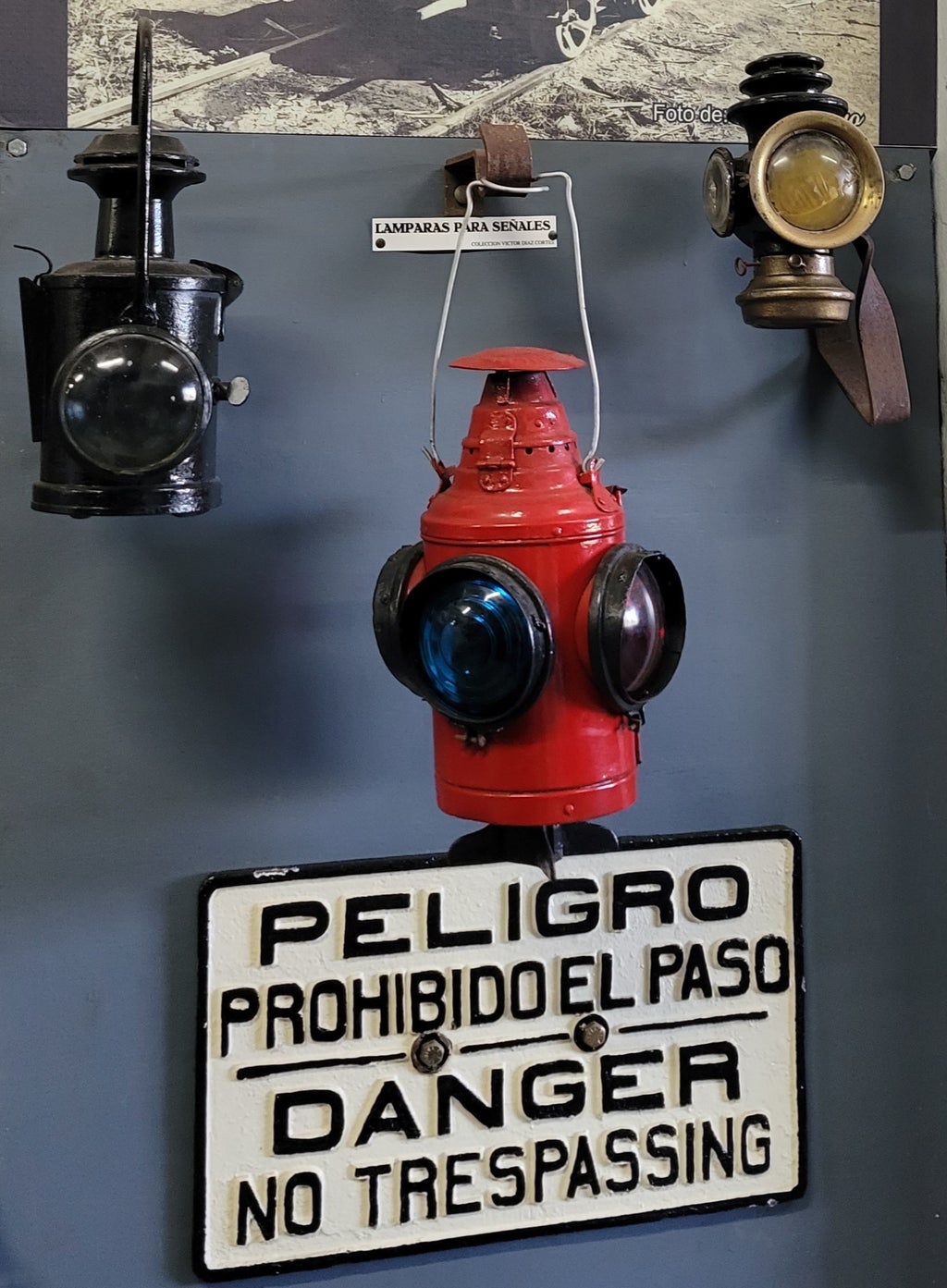
In another room, visitors see artifacts that made up another important factor of Puerto Rico’s locomotive history, the sugar industry. Here, they are presented with a timeline of photographs of how sugar was planted, cultivated, and transported throughout the island. This concludes with a display of sugar sacks that were used during this time, coming from places like Mayagüez, Ponce, Guayanilla, and Yabucoa, giving a deeper sense of how connected the island was during that period. This shows the various elements that made up this era of Puerto Rican history.
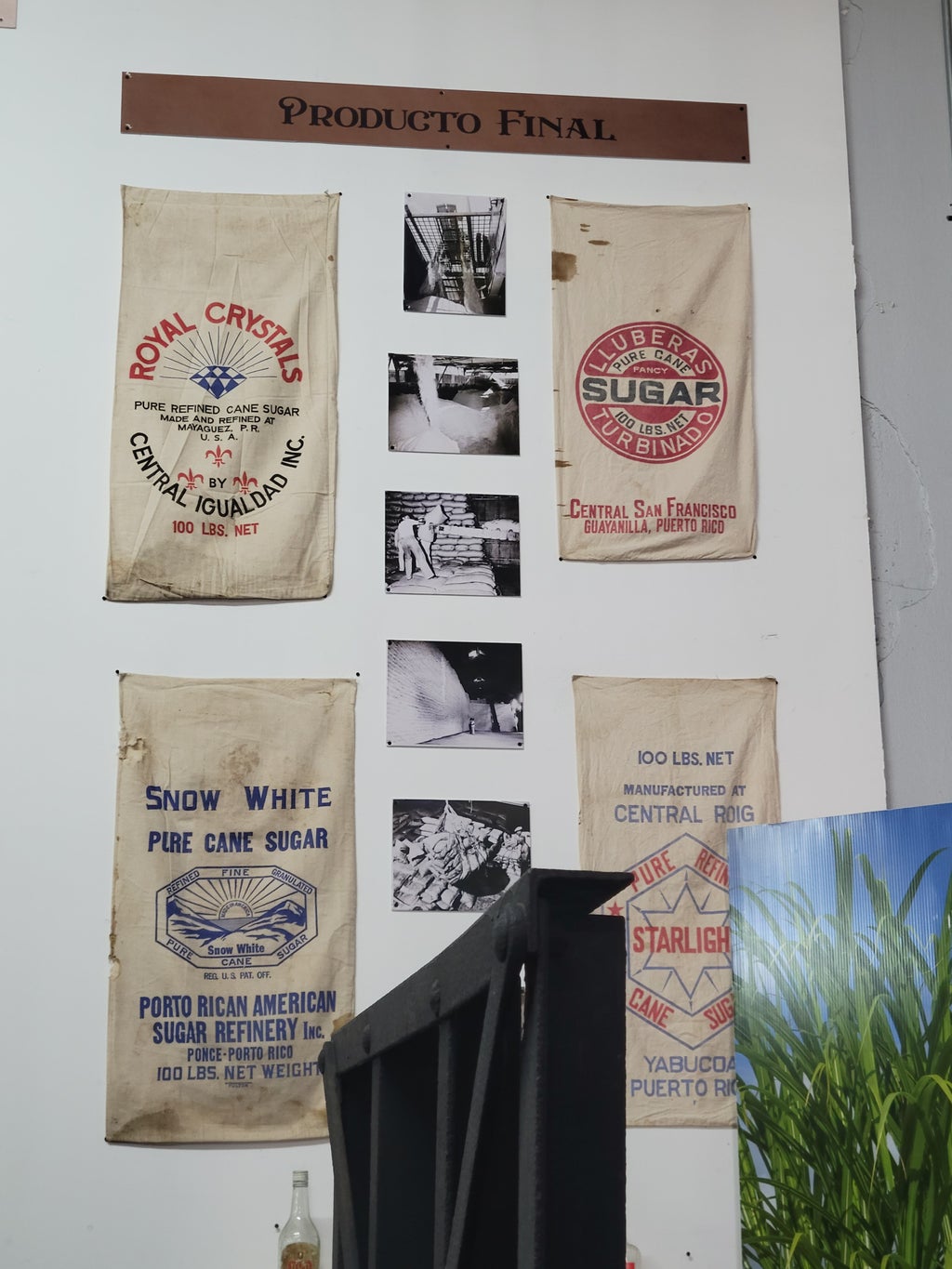
Museo del Tren de Isabela opens on Saturdays and Sundays from 10:30 am to 3:30 pm for visits and it is located at Juan Hernandez Ortiz Avenue. The entrance fee is only $5!
You can follow the museum on its Instagram, Facebook, and Youtube pages. Remember that everyone is welcome to visit and learn about the rich history of Puerto Rico’s rail transport system in the past century. Let’s all support this museum so that one day we can return to accessible and public transportation again.
